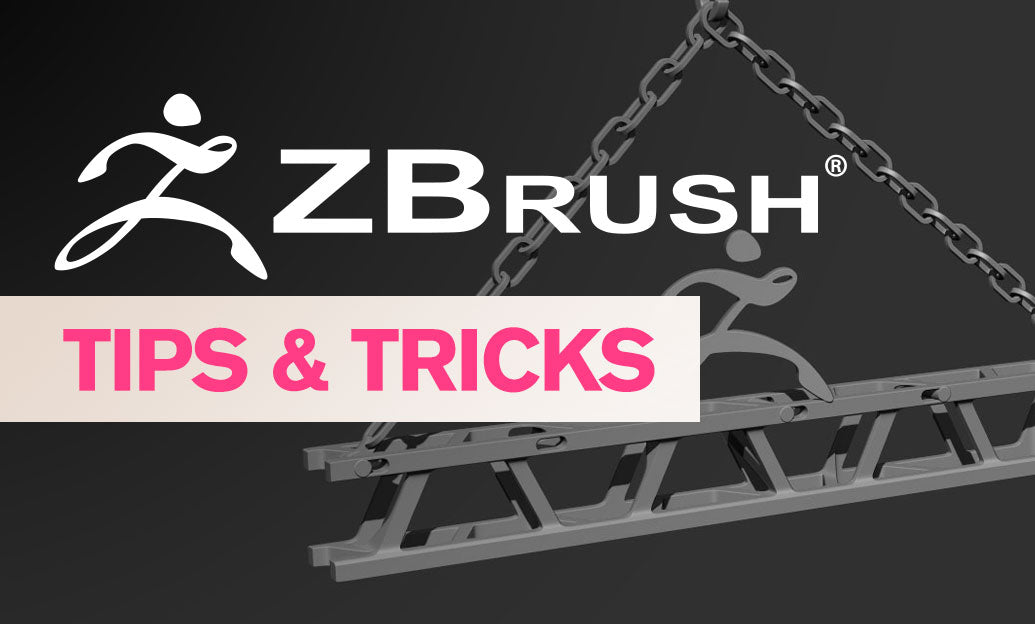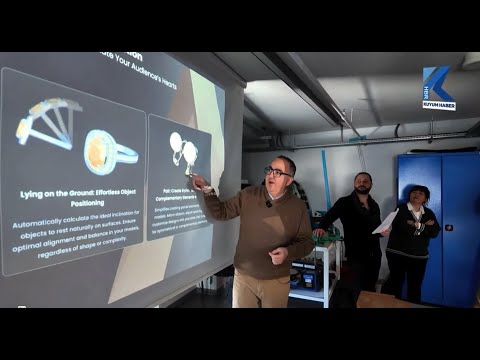Your Cart is Empty
Customer Testimonials
-
"Great customer service. The folks at Novedge were super helpful in navigating a somewhat complicated order including software upgrades and serial numbers in various stages of inactivity. They were friendly and helpful throughout the process.."
Ruben Ruckmark
"Quick & very helpful. We have been using Novedge for years and are very happy with their quick service when we need to make a purchase and excellent support resolving any issues."
Will Woodson
"Scott is the best. He reminds me about subscriptions dates, guides me in the correct direction for updates. He always responds promptly to me. He is literally the reason I continue to work with Novedge and will do so in the future."
Edward Mchugh
"Calvin Lok is “the man”. After my purchase of Sketchup 2021, he called me and provided step-by-step instructions to ease me through difficulties I was having with the setup of my new software."
Mike Borzage
ZBrush Tip: Enhancing 3D Model Textures with ZBrush Spotlight: A Guide for Texture Projection and Painting
August 08, 2024 2 min read

In the realm of digital sculpting, ZBrush by Pixologic stands out with its powerful features, enabling artists to add intricate details to their 3D models. Today's tip focuses on leveraging Spotlight, a feature that lets you project any image onto your sculpt for texture painting and referencing. This can be especially useful for artists striving to create highly detailed and realistic textures.
Here's how to utilize Spotlight for texture projection and painting:
- First, import the texture you want to use by navigating to the Texture menu and selecting Import. Once your texture is in ZBrush, select it in the Texture palette.
- With the texture selected, click on the Add to Spotlight button which will send your texture to Spotlight.
- Press the Z key to bring up the Spotlight widget. Here you can scale, rotate, and adjust the opacity of your texture, as well as perform a variety of other manipulations to fit it onto your model perfectly.
- To paint your texture onto the model, position the Spotlight image over the area you want to texture, and then press the Z key again to hide the widget and enter the painting mode.
- You can now use the standard brush to paint the texture onto your model. Be sure to have RGB enabled in the brush settings, and adjust the intensity to your preference. If you wish to sculpt while projecting the texture, also enable the ZAdd or ZSub feature depending on whether you want to add or subtract volume.
- For a seamless texturing process, ensure that the Spotlight Projection option is turned on in the Brush Samples menu. This way, the texture will be projected correctly onto your model as you sculpt or paint.
- Finally, if you want to freeze the position of the texture and avoid accidental moving, navigate to the Texture palette and turn off the Spotlight option.
Additional Tips:
- Use the Spotlight Dial to quickly access a range of editing options without leaving the texture projection mode.
- Blend multiple textures by layering them in Spotlight. You can adjust the blending modes and opacity for each layer to achieve the desired effect.
- Spotlight is not only for painting; it's also a great tool for reference. You can place multiple images around your canvas to serve as a visual guide while sculpting.
Spotlight is an essential feature for artists who want to enhance their textures and take their ZBrush projects to the next level. For more advanced tutorials and a wide array of ZBrush tools, visit NOVEDGE, a leading online store for design software with a comprehensive selection of ZBrush offerings.
```You can find all the ZBrush products on the NOVEDGE web site at this page.
Also in Design News

💎 Rhino Artisan Arrives in Turkey: Revolutionizing Jewelry Design
February 27, 2025 1 min read
Read More
ZBrush Tip: Mastering Curve Surface for Unique Textures in ZBrush
February 27, 2025 2 min read
Read MoreSubscribe
Sign up to get the latest on sales, new releases and more …



